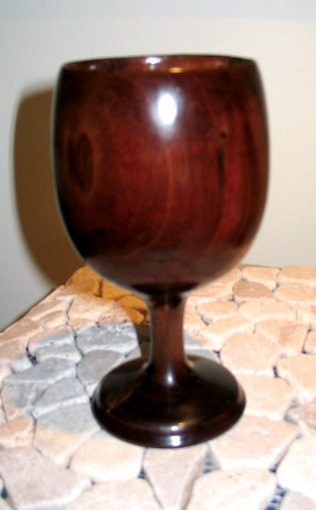I know it's a little late in the season, but this was a recent topic brought up by Helium, a user-created reference website.
When I was young, in the 70s, my boss used to lay me off during the summer months because he could get 3 school kids to work for what he was paying me. It gave me the opportunity to paint residential and commercial buildings. I took pride in my work and made pretty good money, too. Back then, I preferred oil base or alkyds over latex because there was less of a chance for mold and mildew to build up.
About 8 years ago, my father asked me if I'd be interested in painting his house. Sure, I said. I wasn't going to charge him for my work, but I certainly wasn't going to pay for the cost of preparation and materials. Two of my friends were professional painters. Since I had been out of that field for many years, I wanted to know what, if anything, was new since the old days. I told them I prefer oil over latex. They were adamant in their reply, "No! Latex today is much better than it was back then. It has much better mold inhibitors now. Oil base will actually encourage mold, especially here in Florida." The last time I painted anything was back in New Jersey. In Florida, structures have to contend with incredible heat, the effects of the sun and torrential downpours. The sun, in particular, lightens and deadens paint.
"Make sure you have the house pressure washed and sealed before you do it. That is very important," they both told me, "or the paint won't stick. About a year or two from then, the paint will peel." I passed that information on to my father and he said, no, I just want it painted. I went back to my friends and told them what he said. "When you run your finger across the surface and that chalky stuff comes off, that's dead paint. Try painting chalk and see if it sticks. Go ahead."
They'd had these problems before, obviously, with cheap customers wanting to save a dime. These same people would run back to the painter to complain at the first sign of trouble. Did I want that? No, so I told my father I wouldn't do it unless he prepped the house first. "Knowing you," I said, "you'll run back to the paint store to complain and the first thing they're going to ask is, did you pressure wash and seal it first?" He relented and agreed. He had no choice if he wanted the job done. I told him to get it washed and I would seal it.
The house is made of cement blocks and part of it has a stucco finish. I made sure all wood trim was scraped, allowed to dry and then primed. I always apply two coats. When I began painting, I dug out the foundation and painted my way from top to bottom, allowing that area plenty of time to dry out as well. In the case of erosion, I didn't want any areas exposed that did not show paint. Afterward, I filled the soil back in place. I made sure to paint under window sills that had never been painted. For some reason, many contractors avoid taking the brush to areas you don't normally see and that exposes part of the building to the elements. Besides, suppose someone's planting flowers along the side. They look up at the sill and see sloppy, unfinished work. Not good. I told you I am meticulous and eight years later, the house still looks great.
A few months after I completed the job, the next door neighbor, not to be confused with the "keeping up with the Joneses" type, decided to paint their house. About a year or so later, the paint began to crack, peel and bubble. Bubbling occurs from a moisture build up underneath that part of the paint. The neighbor came knocking one day and wanted to know why his house was doing that, but not my parent's.
"Did you pressure wash and seal it first?" my father asked.
"No..." he replied.
"Aha," he said, already primed with a response, "you didn't do it right!" A lesson to be learned.

